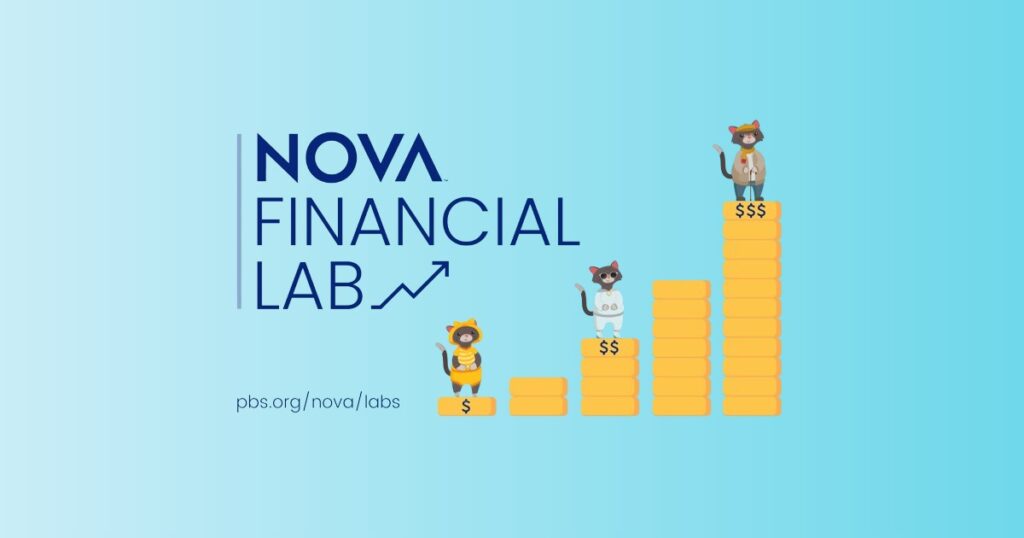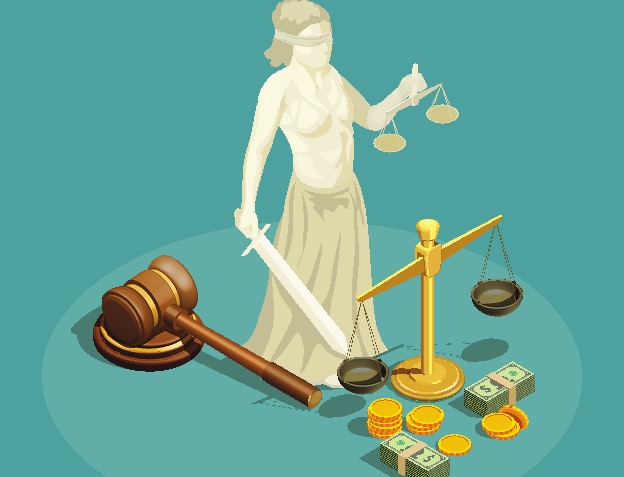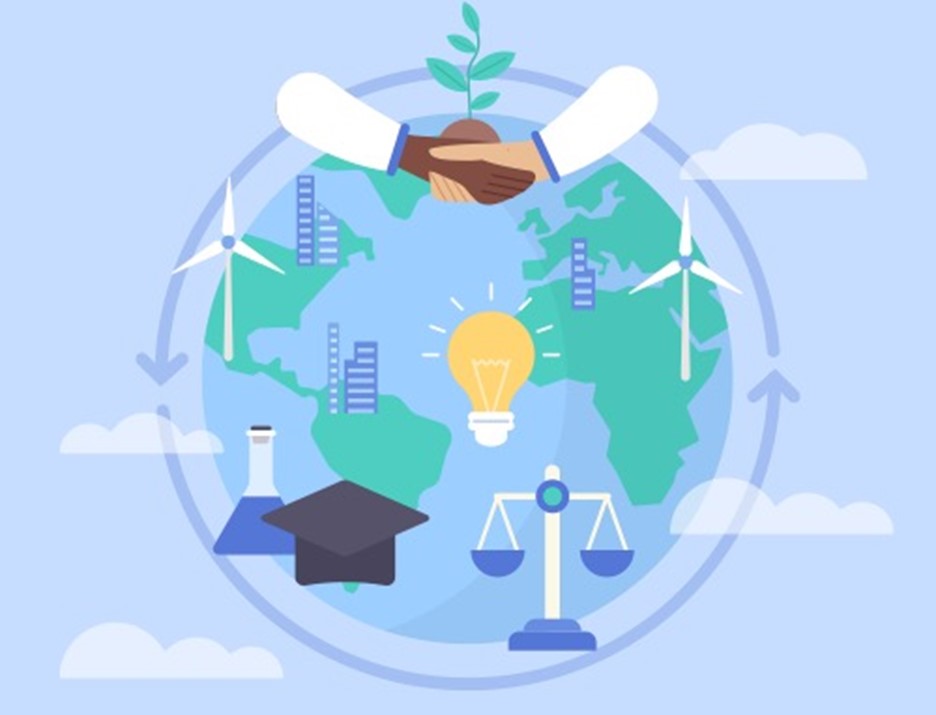
Content Partner
Grades 6-8, 9-12
Happy EconEdMonth! Celebrate economics all month long by visiting EconEdMonth.org

Don't have an account yet? Sign up for free
Don't have an account yet? Sign up for free


To explore the concept that people invest in themselves through education, the students work in two groups and participate in a mathematics game. Both groups are assigned mathematics problems to solve. One group is told about a special technique for solving the problems. The other group is not. The game helps the students recognize that improved human capital allows people to produce more in a given amount of time—in this example, more correct answers in the time provided, or in less time. Next, the students identify the human capital required for a variety of jobs. Finally, they learn about the connections among investment in human capital, careers, and earning potential.
Investment takes many forms. One form is the development of human capital—the knowledge, skills, health, and values that individuals possess. People develop their human capital through formal and informal education. To obtain education, people give up something in the short run (time, effort, and money, for example) in order to gain larger returns (a good job, for example) in the future. This sort of exchange—giving up something now in order to realize gains later—is the essence of investment behavior, whether it involves putting money into a mutual fund or putting resources into education.
This lesson was originally published in CEE's Learning, Earning and Investing for a New Generation, which introduces students to the world of personal finance through 21 lessons that provide active learning experiences to help students master the basics of investing. Visit https://store.councilforeconed.org/ for more information on the publication and how to purchase it.
Review the important points of the lesson by asking the following questions:
Gen i Connection
The current lesson, “Invest in Yourself,” connects well with Missions 2 and 3 of the Gen i Revolution game. Both game missions explore investing in human capital, careers, and opportunity cost.
In Mission 2, students take on the role of operatives advising Veronica in making a tentative career choice. Veronica is a first-year high school student who has many different interests. She is good at math and computer subjects, enjoys art and music, and loves working with people. She is starting to think about what she'd like to do to earn a living when she finishes college. The 4-1-1 tutorial shows students how to use career-choice materials and match skills with career clusters. In the conclusion, students recommend a tentative career cluster and a tentative career for Veronica, understanding that her career goals may change over time.
Mission 3 of the Gen i Revolution game involves further exploration of investment in human capital, opportunity cost, and income. In this mission students assume the role of operatives advising Matt as he decides what to do after graduating from high school. Matt has the grades to go to college, but he is tired of school work. Should he continue his formal education or go to work full-time?
Students work through a 4-1-1 tutorial to calculate earnings differences across different levels of education. The mission conclusion requires students to make specific recommendations to Matt on his education after high school.
Gen i Reflection
Now that you have helped Veronica and Matt explore future careers, what are you thinking about for your own career? What can you do to better prepare yourself for a career? What sort of education after high school might be best to help you prepare for your career?
(Your friend’s best choice is probably to use financial aid and go to college. The opportunity cost of this decision is the income given up over the four years and the cost of tuition, fees, and books. Over a lifetime, the additional income earned will be greater than the costs of going to college. Investment in human capital—earning a degree in computer systems—will provide skills and knowledge for many different jobs, and allow for higher income in the future.)
(Students might suggest the following: Ask the German teacher to tutor you. Practice speaking in German with others in the class. Enroll in German class during the summer. Listen to German CDs or DVDs obtained from the library.)

Content Partner
Grades 6-8, 9-12

Grades 9-12


Grades 9-12
